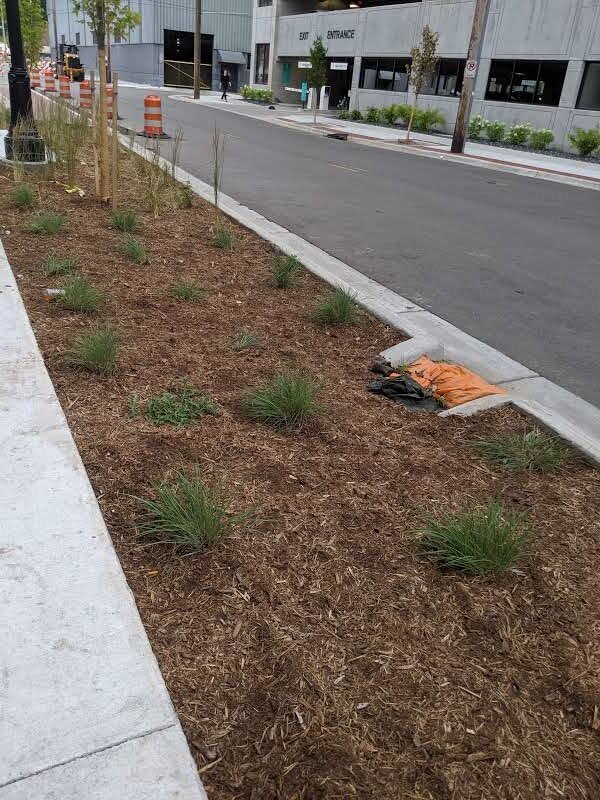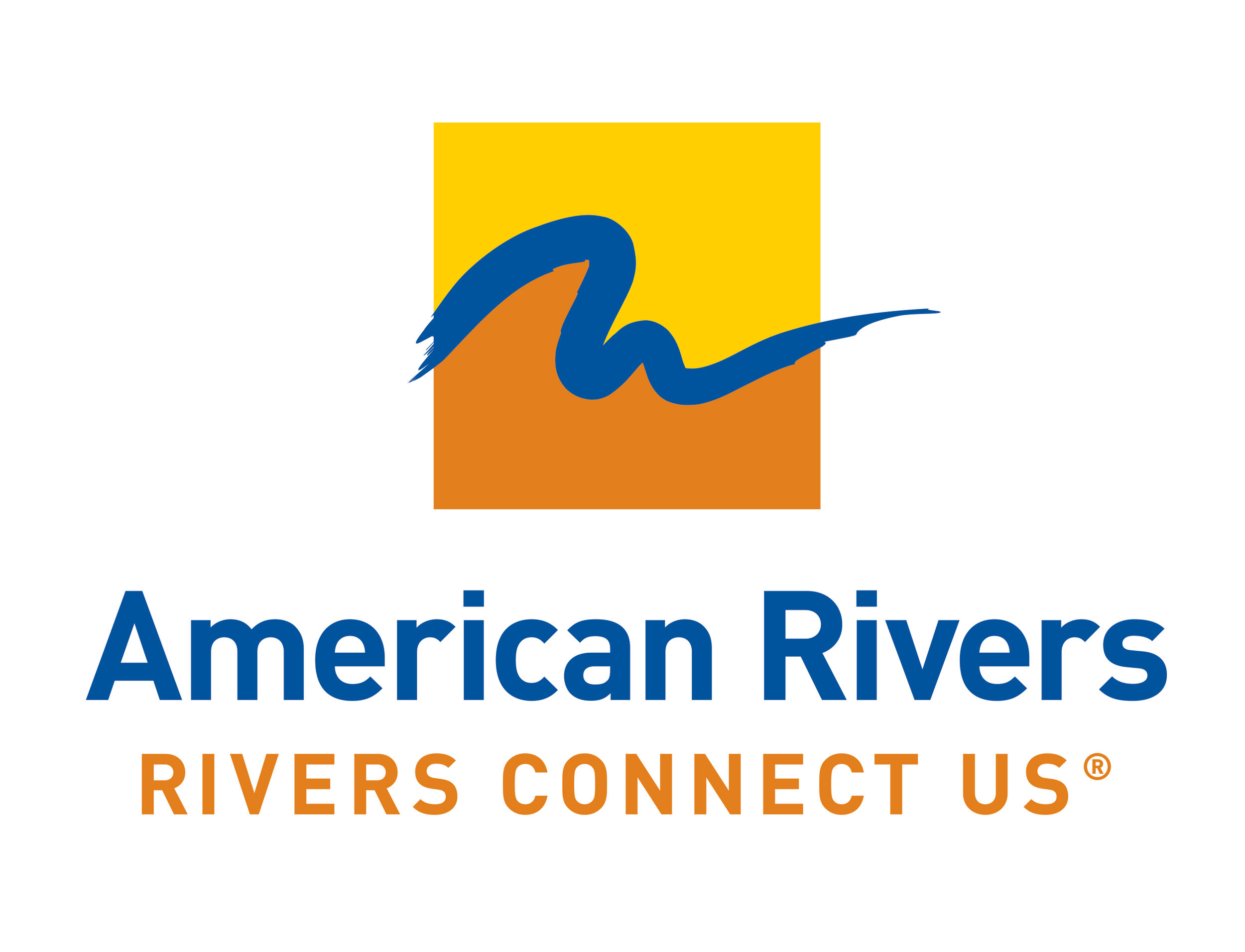Rainscaping for your Business
Rainscaping is a method that promotes the use of nature to restore our rivers and improve water quality. Natural systems with plants, grasses, and trees that are designed to absorb rainfall and soak up harmful pollutants are often referred to as green infrastructure.
Rainscaping for Businesses aims to connect business owners, neighborhood organizations, faith-based places, and other property owners to resources that reduce harmful pollutants, minimize impacts to our waterways and foster climate-resilient neighborhoods. The program will continue to evolve as we learn more about the priorities from business owners and others in our community. We appreciate your support and strive to advocate in partnership for equitable and inclusive participation and developed materials reflecting the diversity in culture and visions in our community.
How Rainscaping Can Help Your Business:
Make your community healthier and more livable
Reach cost-effective and sustainable green decisions
Reduce Flooding
Create Outdoor Amenities
Evaluate current property conditions
Reduce Urban Heat Stress
Manage your natural resources more effectively
Redesign urban landscapes for environmental health
Meet regulatory and economic goals
Rainscaping Site Assessments for Small Businesses (Offered Spring-Fall)
lease check back in the Spring to schedule a site assessment with us.
Phase I - Connect with Watershed partners
Identify your watershed using the Find my Watershed Tool
Schedule a meeting with a Rainscaping partner to complete a site assessment, or schedule using the form on this site
Walk your site with a Rainscaping partner in order to learn more about green opportunities on your property and gain ideas to implement
Phase II - Design and install practices or hiRe a qualified contractor
Select site suitable practices for your property. Use these resources
Select a qualified contractor to complete installation according to design standards
Phase III - maintain and enjoy!
Develop maintenance plan to ensure success
Maintain and monitor your results
Share your story with friends, neighbors, and colleagues
Rainscaping Practices for Businesses:
Porous Pavement: can replace traditional concrete or asphalt in driveways and parking lots to allow water to soak into the ground.
Rain Gardens and Swales: are filled with native plants that absorb untreated stormwater in their deep root system, preventing it from contaminating our waterways.
Native Plants: are plant species that occur naturally in a region in which they evolved. They often attract pollinators and other beneficial insects to the site. Native plants also have deep root systems which help stormwater infiltrate the ground, and require less water, fertilizer, and care once established.
Trees: are increasingly recognized for their importance in managing stormwater runoff. Roots take up water and help create conditions in the soil that promote infiltration. Depending on the size and species, a single tree may store 100 gallons, or more, of stormwater.
Green Roofs: are engineered to store stormwater and are planted with specific plants. They can be used as additional community spaces and reduce cooling and heating costs.
Rain Barrels: are usually made from recycled ~50 gallon barrels but can be bought from home improvement or specialty stores. The barrels are connected to a downspout and capture and store rainwater for later use.
Live Walls: can be installed indoors or outdoors to improve air quality and improve aesthetics. These vertical planters can be filled with a variety of plants, including herbs.













